SGGP
According to data released by the Japan National Tourism Organization (JNTO), the tourism industry in the Land of the Rising Sun has recovered to 85.6% (2.16 million people) - the level recorded in 2019 before the Covid-19 pandemic broke out. However, not everyone is happy with this announcement.
The charm and quietness of the ancient cities have been ruined by the overcrowding of tourists, which has severely affected the lives of local people. Local people have difficulty getting a bus to work, while Maiko (apprentice geisha) are bothered by tourists who surround them to ask for selfies, sometimes even acting rudely...
To cope with the overcrowding during the autumn (peak tourist season), the Kyoto City government was forced to announce a list of measures, including increasing the number of buses connecting railway stations and tourist attractions; encouraging the use of the subway; establishing temporary luggage storage areas at stations...
In an effort to calm local discontent, the Kyoto City Tourism Association has also released a leaflet for tourists titled “Mind Your Manners,” which outlines acceptable behavior (such as bringing reusable shopping bags) and unacceptable behavior (such as smoking in public).
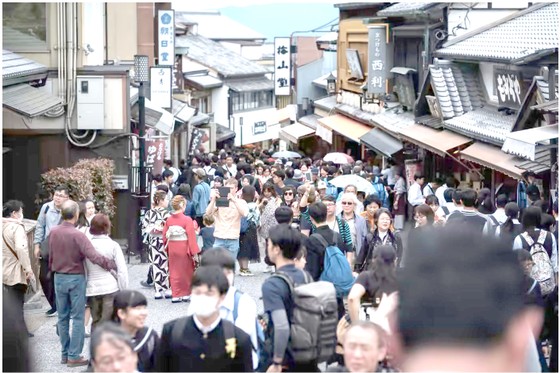 |
Overcrowding of tourists near Kiyomizu-dera Temple. Photo: GETTY IMAGES |
For example, the railway crossing in Kamakura, a historic town about an hour southwest of Tokyo, was flooded with tourists taking selfies at the intersection, blocking traffic and forcing the local government to deploy security forces to prevent accidents. Meanwhile, Mount Fuji - a UNESCO World Heritage Site - is also facing a "tourist crisis".
This year marks the 10th anniversary of Mount Fuji's World Heritage status, but environmental damage and the destruction of its natural beauty threaten to deprive the sacred mountain of its status, according to Nikkei Asia. Even seemingly unimpressive places are packed with tourists.
Things are better in the more remote prefectural cities. Morioka, the capital of Iwate Prefecture, is a sleepy city that was voted second after London in The New York Times’ list of “52 Places to Visit in 2023”…
So far, Morioka has avoided the tourist congestion that plagues many other cities. When the local tourism association wanted to hang a banner touting the New York Times ranking, the city government rejected the plan on the grounds that it would ruin the cityscape.
Iwate Governor Tasso Takuya was delighted by the recognition and hopes other hidden areas of Japan will follow Morioka’s example in protecting their unique beauty, as unchecked development and overtourism threaten to erode the charm that makes them so special.
Source










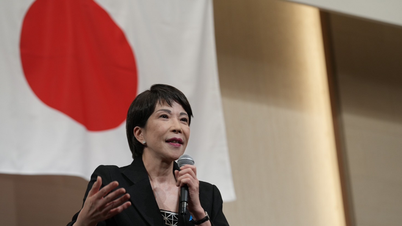



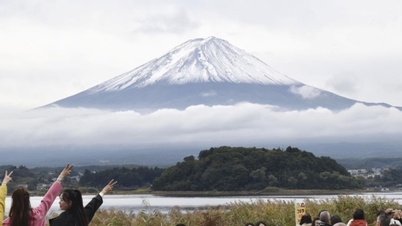
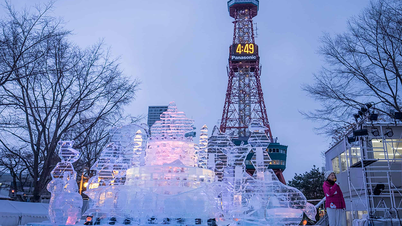

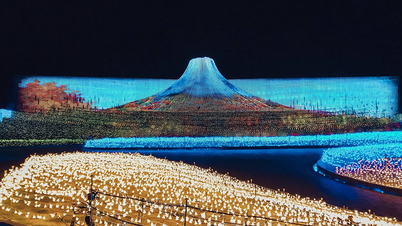
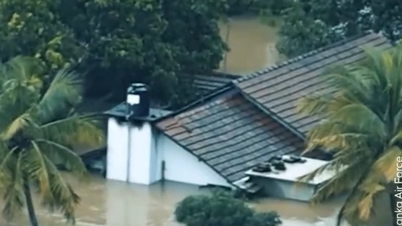

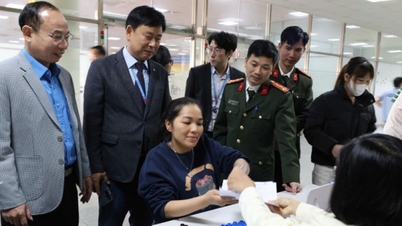

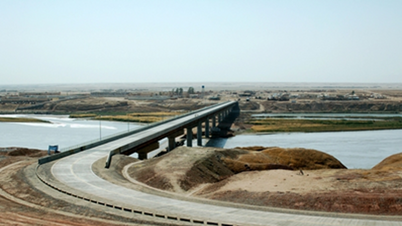
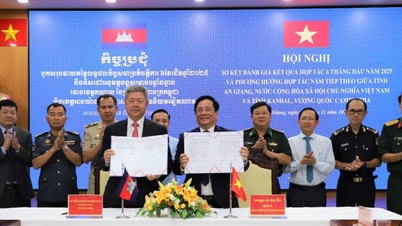
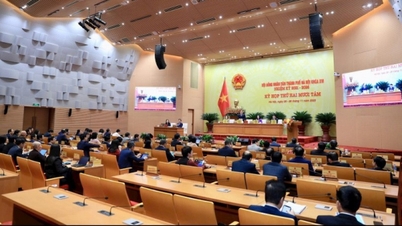




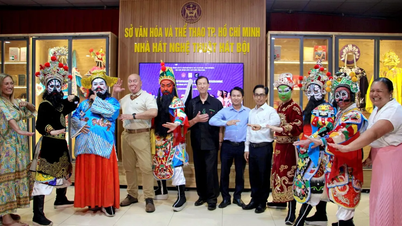
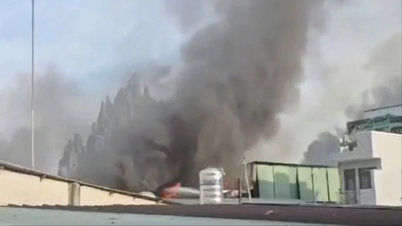

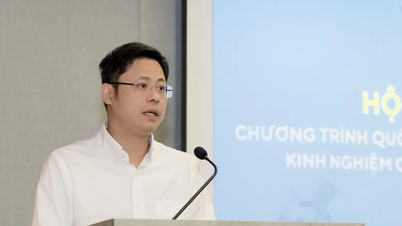


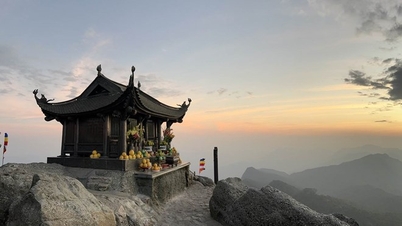

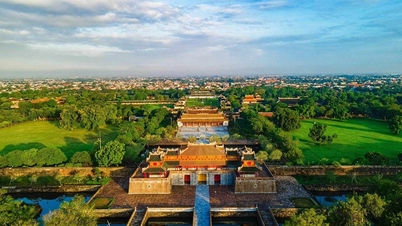

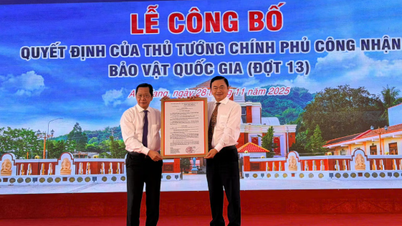

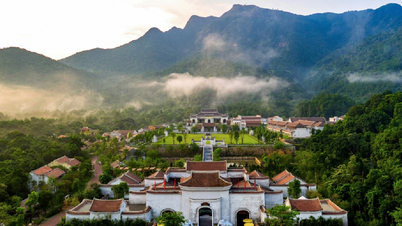
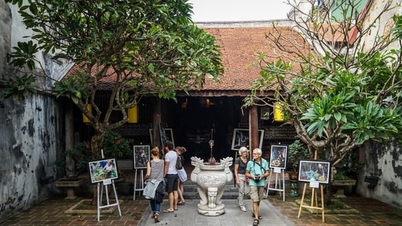

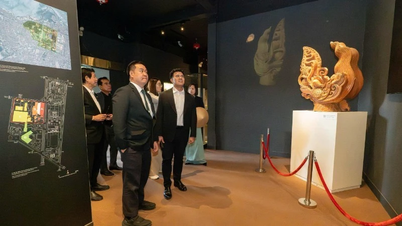





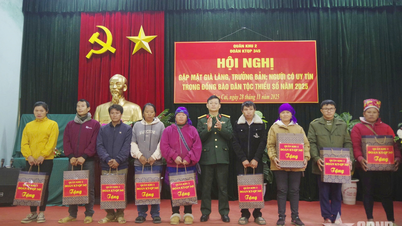

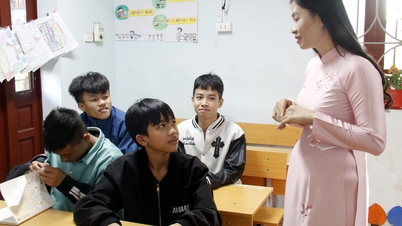



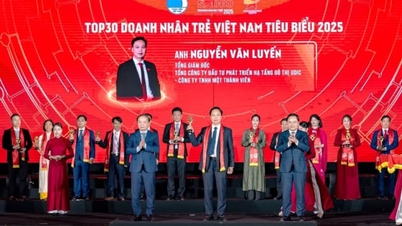







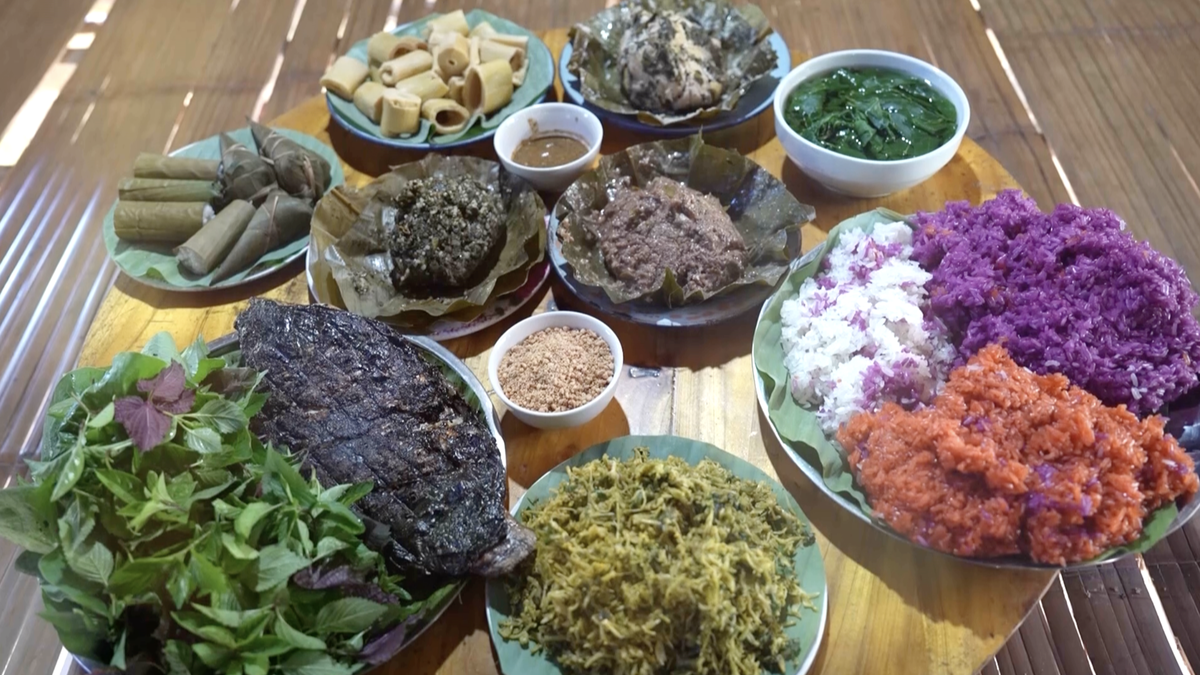
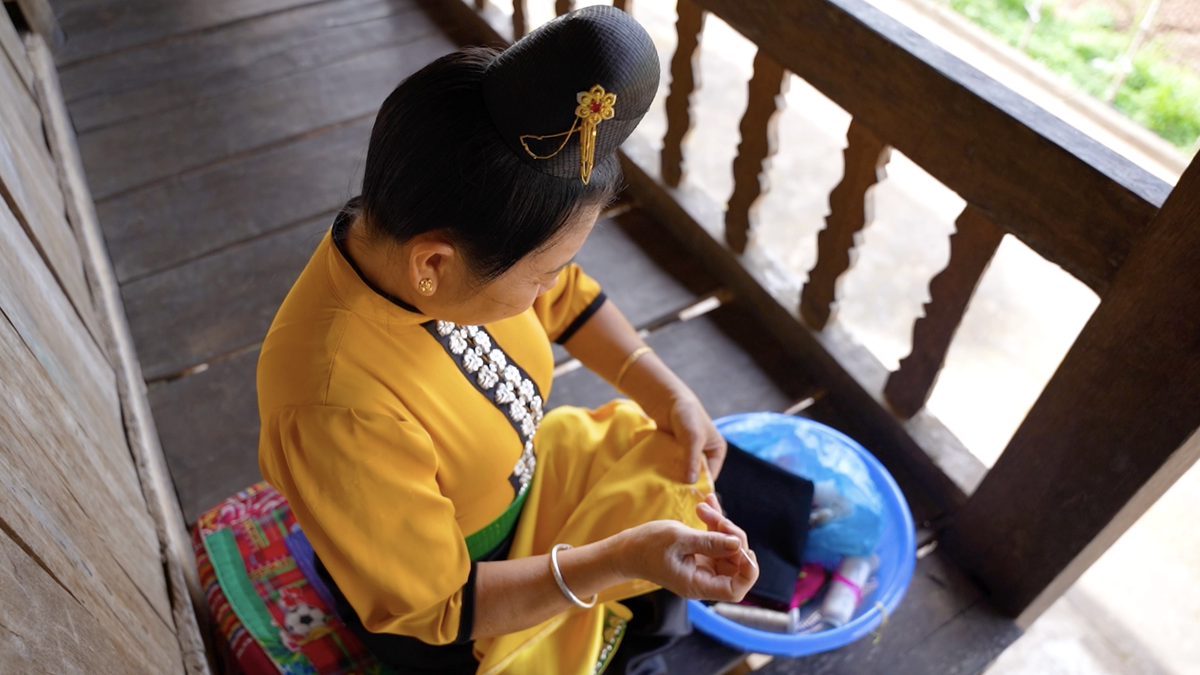

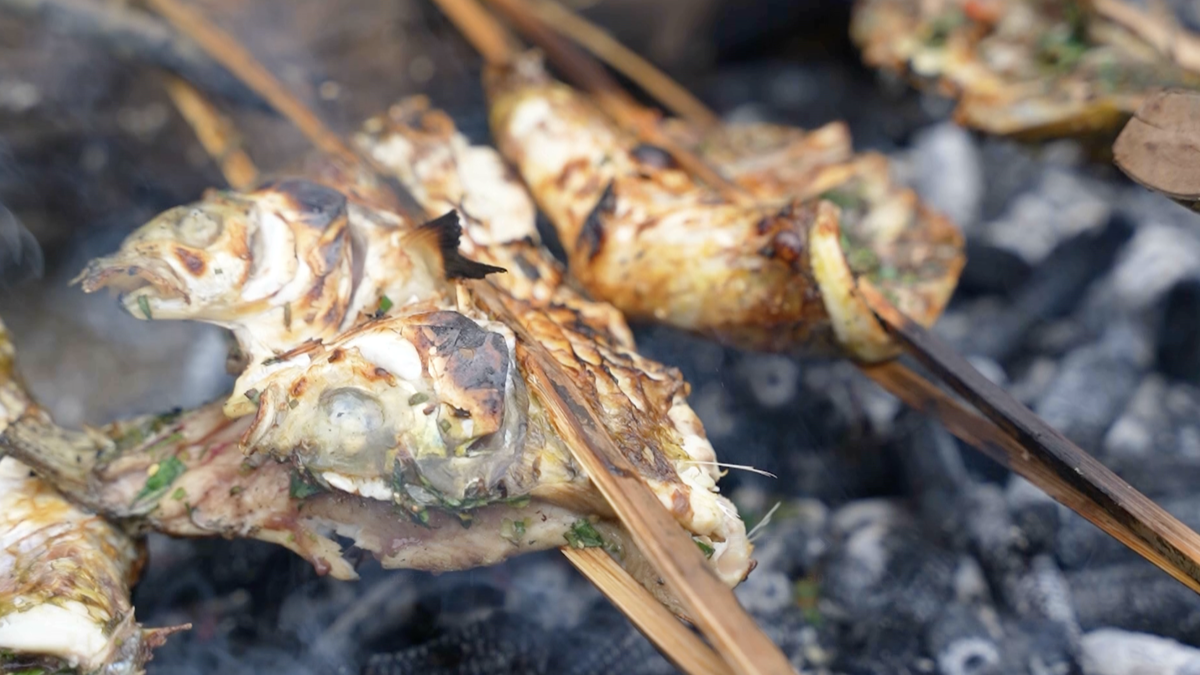

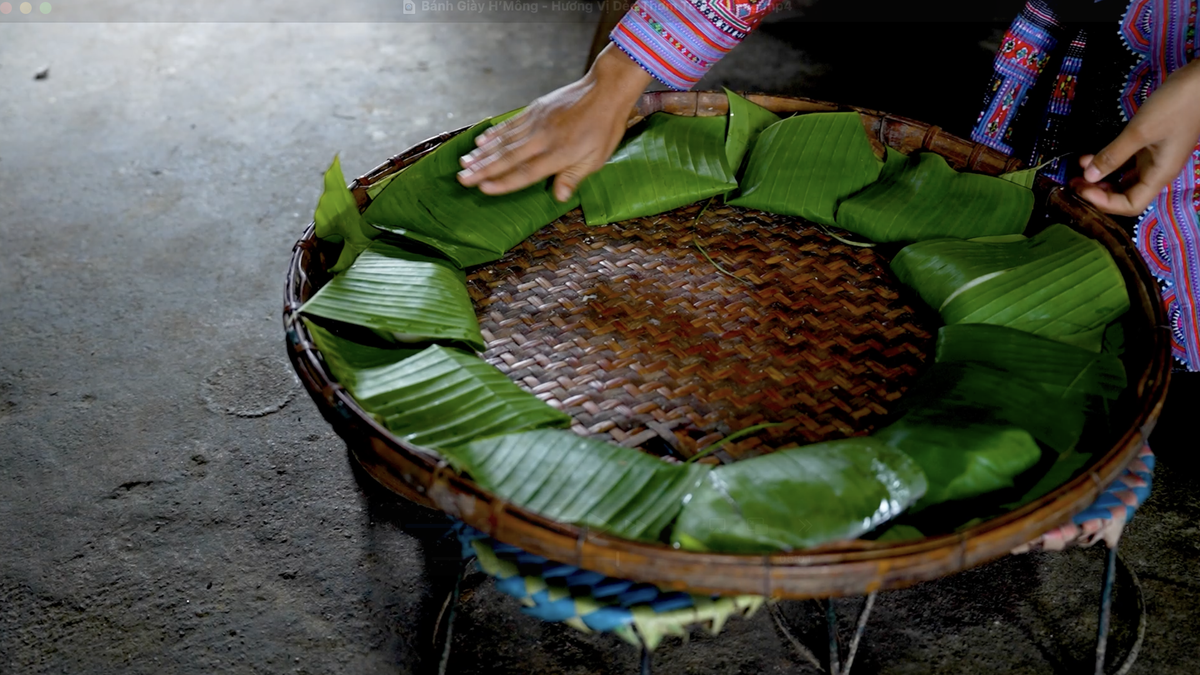




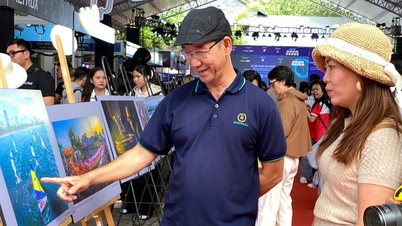

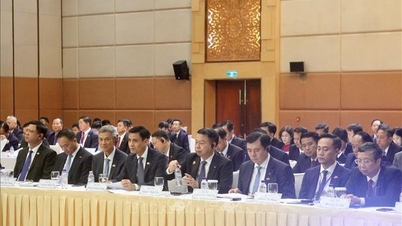



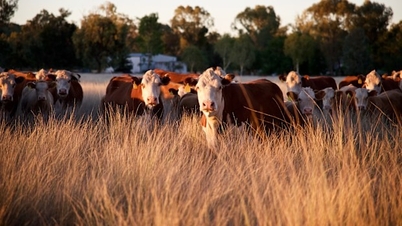


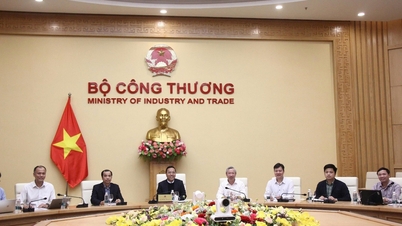





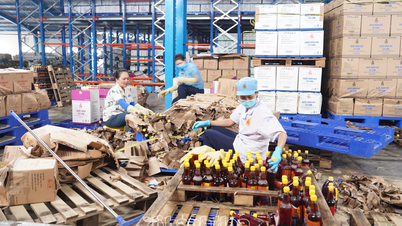
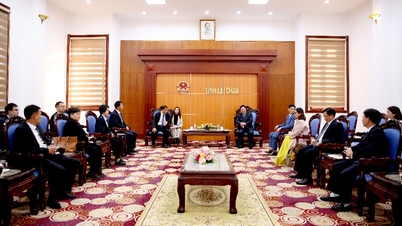







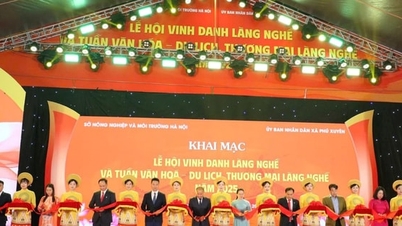

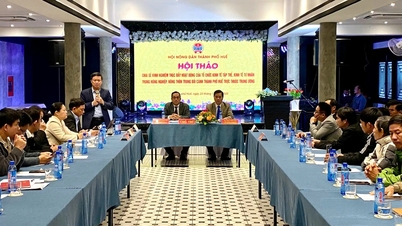

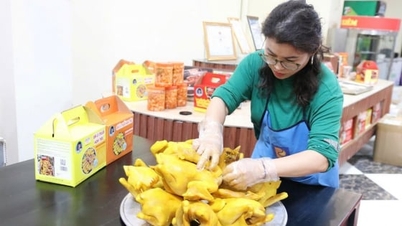


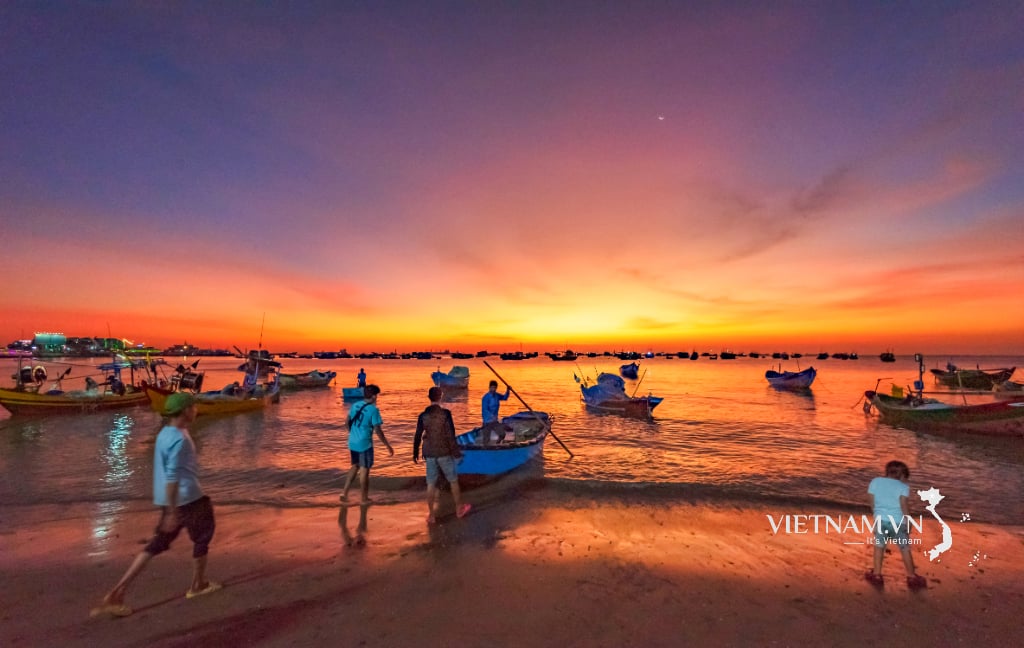


Comment (0)